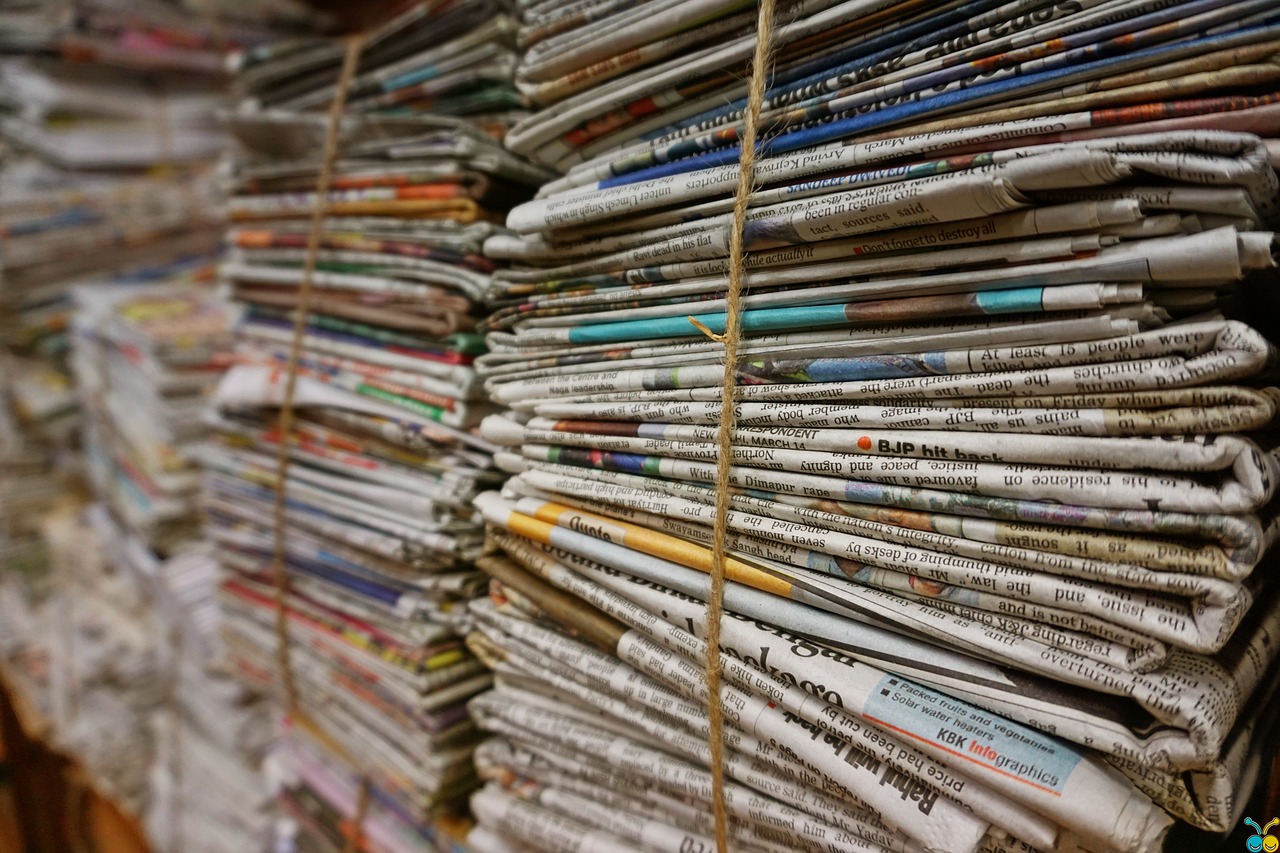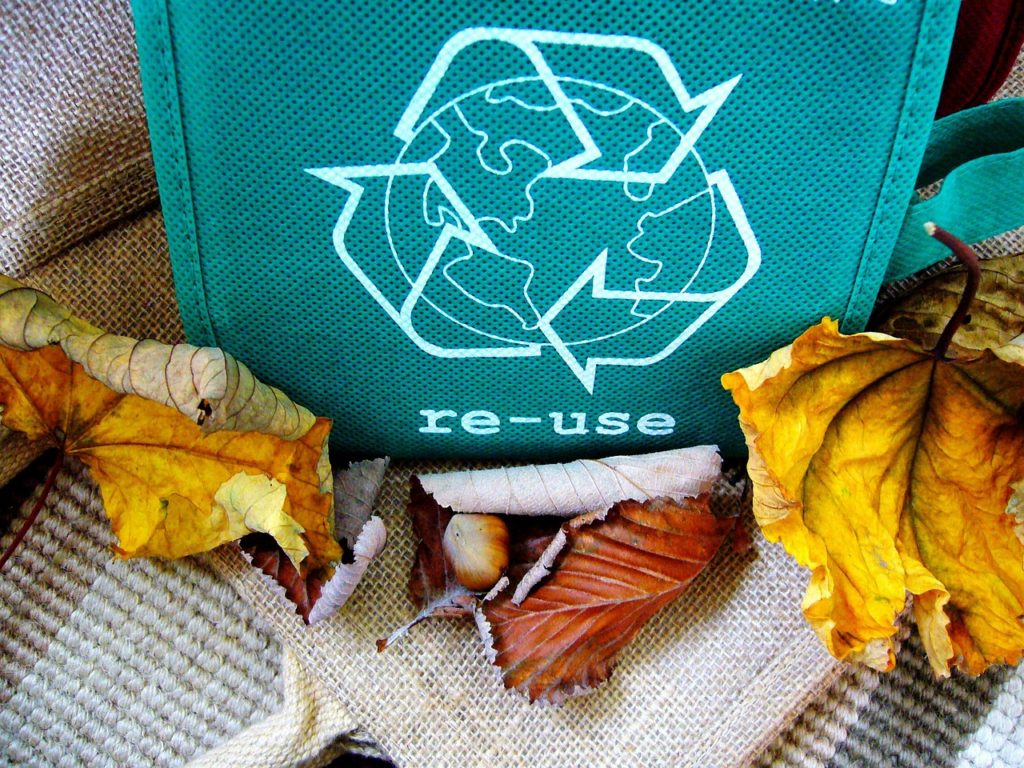If you collect waste materials that you would throw away as trash and turn them into useful products, then you’re engaged in the process of recycling. Recycling of waste materials benefits both the environment and the community.
Profits of Recycling
To begin with, here are the benefits of recycling:
- Reduces the amount of waste in landfills
- Leads to the conservation of natural resources like timber, minerals, and water
- Boosts economic security
- Prevents pollution
- Saves energy
- Creates jobs
Three Steps to Recycling
 The process of recycling runs in three main stages namely collection and processing, manufacturing, and purchasing of products made from the waste materials.
The process of recycling runs in three main stages namely collection and processing, manufacturing, and purchasing of products made from the waste materials.
- Collection and processing
The collection of waste products happens through various methods. They include curbside collection, deposit/refund programs, and drop-off centres. Once gathered, the recyclables are taken to a recovery facility for sorting, shredding, cleaning, and processing into materials that can be manufactured into better products. At this stage, various machines are useful such as the HSM Profipack 425 cardboard shredder.
This machine cuts large pieces of cardboard into tiny pieces, which can be used to manufacture useful materials. The recycled materials are sold as raw materials at various prices based on the supply and demand in New Zealand and other parts of the world.
- Manufacturing
In the manufacturing phase, different materials are created out of the recyclables. Common items from recycled materials include newspapers and paper towels, kitchenware such as aluminum, plastic, or glasses. Others are steel cans, detergent bottles, and plastic laundry. New ways of using recycled materials include asphalt paving (using recovered glass), park benches (using recovered plastic).
- Purchasing New Products From Recycled Materials
The last step in the recycling process involves buying the products created from recycled materials. Thousands of new products emerge from recyclables. In addition to the ones mentioned above, you can find car bumpers, cereal boxes, comic books, and egg cartons among others. When you’re shopping for such products, look for two categories of products—those that are easily recycled and those that contain recycled content.
Terms used in recycling
Recycled content product: this term refers to a product made of recycled materials from a recycled program or from waster recovered during the manufacturing process. Sometimes, the label includes the amount of recycled content used in the product.
Post-consumer content: This product is quite similar to recycled content. However, its material is from waste materials collected by consumers or businesses through a recycling plant.
Recyclable product: these products can be collected, recycled, and manufactured into new items after they’ve been used. They do not necessarily contain recycled content.
Recycling leads to job creation
According to the figures released by the Environmental Protection Agency (EPA), several jobs are attributed to recycling. A study conducted by the National Recycling Economic Information (REI) in 2016 revealed that recycling creates up to 757,000 jobs annually. This results in close to 40 billion dollars in wages, and around $6.7 billion in tax revenues.
Considering the advantages it delivers, the recycling process is worth the effort. It is the simplest way that one can participate in creating a better world.


